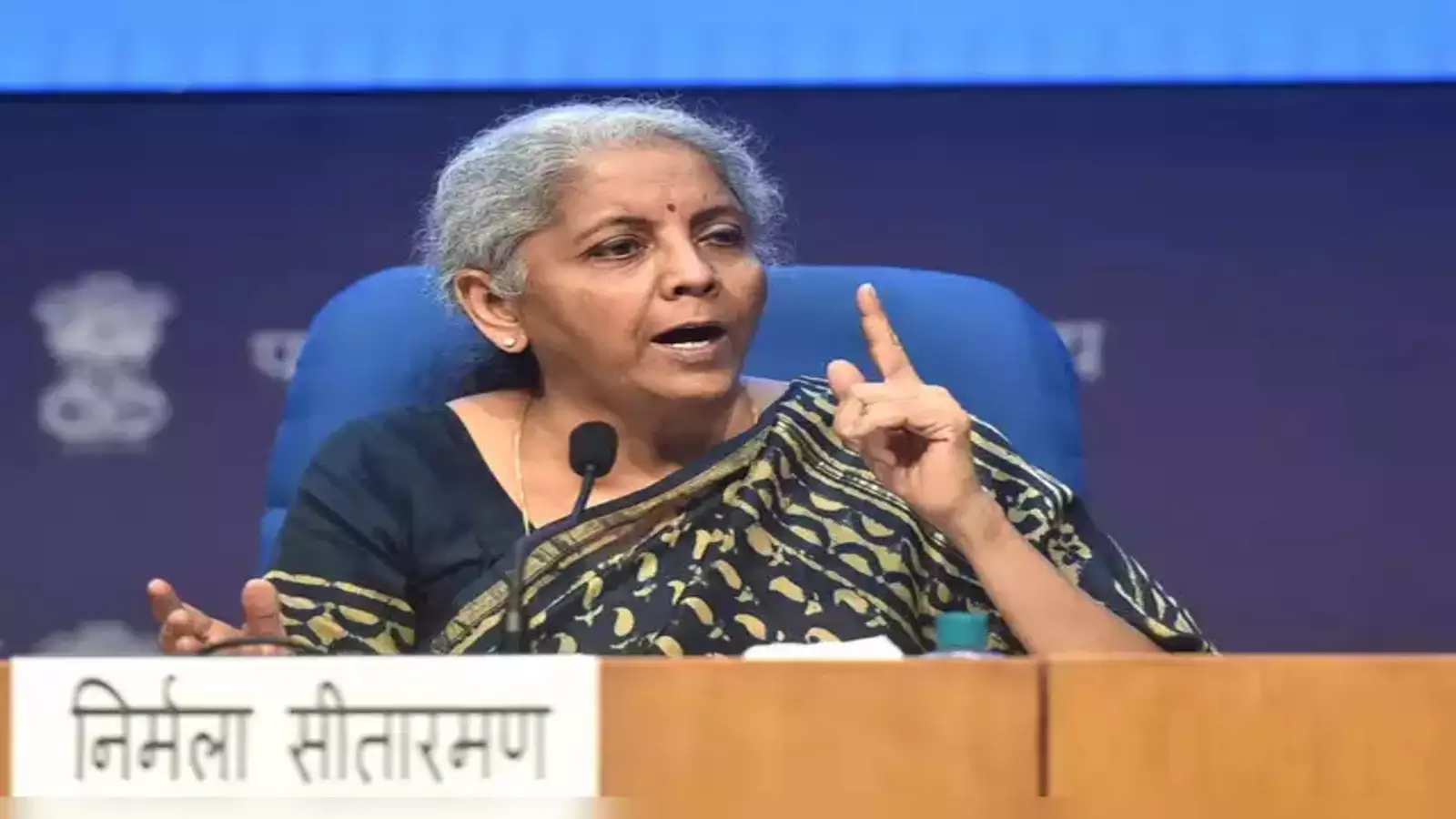The prospect of an asteroid hitting Earth has always been a source of fascination and fear, a scenario often depicted in science fiction movies. However, the possibility of such an event is real, and NASA, the US space agency, is at the forefront of efforts to monitor and mitigate potential asteroid threats. Recent exercises and studies by NASA provide valuable insights into our preparedness and the measures needed to protect our planet from potentially catastrophic impacts.
Hypothetical Exercise Reveals Significant Risks
In a recent hypothetical exercise, NASA found that a potentially hazardous asteroid has a 72% chance of hitting Earth, revealing that we may not be adequately prepared to prevent such an event. This finding emerged from NASA's fifth biennial Planetary Defense Interagency Tabletop Exercise conducted in April. On June 20, NASA unveiled the summary of the exercise, held at the Johns Hopkins Applied Physics Laboratory (APL) in Laurel, Maryland.
The tabletop exercise included nearly 100 representatives from various US government agencies and international collaborators. While there are no known significant asteroid threats in the foreseeable future, this exercise was designed to assess Earth's ability to respond effectively to the threat of a potentially hazardous asteroid. The hypothetical scenario involved a never-before-detected asteroid identified with a 72% chance of hitting Earth in approximately 14 years, specifically on July 12, 2038.
Insights from the Exercise
Lindley Johnson, the planetary defense officer emeritus at NASA Headquarters in Washington, highlighted the importance of the exercise. He stated, “The uncertainties in these initial conditions for the exercise allowed participants to consider a particularly challenging set of circumstances. A large asteroid impact is potentially the only natural disaster humanity has the technology to predict years in advance and take action to prevent.”
The exercise provided valuable insights into the risks, response options, and opportunities for collaboration posed by varying scenarios. One key takeaway was the need for timely global coordination of messaging and the implementation of disaster management plans. The exercise also underscored the gaps in decision-making processes and risk tolerance, as well as the limited readiness to quickly implement necessary space missions.
Role of NASA's DART Mission
This exercise was the first to use data from NASA's DART (Double Asteroid Redirection Test) mission. DART is the first in-space demonstration of technology designed to defend the planet against potential asteroid impacts. The mission has confirmed that a kinetic impactor could change the trajectory of an asteroid, providing a viable method to prevent an impact.
Development of NEO Surveyor
To ensure that Earth has the time to evaluate and respond to potentially hazardous asteroids, NASA is developing the NEO Surveyor (Near-Earth Object Surveyor). This infrared space telescope is designed to expedite humanity's ability to discover most of the potentially hazardous near-Earth objects many years before they could become an impact threat. NASA plans to launch the NEO Surveyor in June 2028, significantly enhancing our ability to detect and track dangerous asteroids.
Importance of International Cooperation
Dealing with a large, dangerous asteroid requires international cooperation. Leviticus "L.A." Lewis, the U.S. Federal Emergency Management Agency (FEMA) detailee to NASA's Planetary Defense Coordination Office (PDCO), emphasized the need for a coordinated global response. He noted that while the United Nations has developed procedures for responding to tsunamis and other large-scale events, an asteroid impact would require an even more extensive international response.
Part of this response would involve coordinating evacuations of people in the potential impact zone, which could cover a large swath of ground due to the high speeds at which asteroids travel through space. Small uncertainties in an asteroid's calculated trajectory can result in significant differences in the projected impact point on Earth. Therefore, a robust framework for international cooperation and coordination is essential to effectively manage the threat of an asteroid impact.
Read Also: India vs Bangladesh, T20 World Cup 2024
FAQs on Asteroid Threats
Is there an asteroid hitting the Earth?
Currently, there are no known asteroids with a significant risk of hitting Earth in the near future. NASA's continuous monitoring and tracking efforts aim to identify any potential threats well in advance, allowing for appropriate preventive measures.
Is April 13, 2029, the end of the world?
No, April 13, 2029, is not the end of the world. On this date, the asteroid Apophis will pass by Earth, but it will not pose a threat. Apophis will come within about 31,000 kilometers (19,000 miles) of Earth, which is closer than some geostationary satellites, but it will not collide with our planet.
Will an asteroid hit Earth in 2038?
According to NASA's hypothetical exercise, there is a scenario in which a newly detected asteroid could have a 72% chance of hitting Earth on July 12, 2038. However, this is purely a theoretical exercise designed to evaluate our preparedness and response capabilities. As of now, no real asteroid is known to pose such a threat.
What is the NASA asteroid warning for 2024?
NASA's asteroid warning for 2024 pertains to the continued vigilance and monitoring of near-Earth objects (NEOs). NASA emphasizes the importance of being prepared and developing technologies to detect and mitigate potential asteroid threats. There are no specific asteroid warnings for 2024, but ongoing efforts aim to enhance our planetary defense capabilities.
More News: top 10 news from around the world
Conclusion
NASA's ongoing efforts in planetary defense highlight the importance of preparedness and international cooperation in the face of potential asteroid threats. Through exercises, technological advancements like the DART mission, and the development of the NEO Surveyor, NASA is working diligently to ensure that Earth is better equipped to detect, track, and mitigate the risks posed by hazardous asteroids. While there are no immediate threats on the horizon, these proactive measures are crucial to safeguarding our planet from future cosmic hazards.
Other Popular News Post:
Lok Sabha Elections 2024 | Narendra Modi Government Formation | Lok Sabha Election Results 2024 | Lok Sabha Election Results 2024 | Kangana Ranaut Slapped | Who is Kulwinder Kaur | Ramoji Rao Dies Aged 88 in Hyderabad | Terrorists Attack Pilgrims Bus | Kuwait Building Fire | Modi 3.0 Cabinet | Rishi Sunak to Joe Biden -14 Leaders PM Modi Met At G7 | Bengal Train Accident | Asteroid May Hit Earth on This Day | Sikkim and West Bengal on Red Alert | Arvind Kejriwal Arrest
Explore other popular Posts:
Blog | News | Entertainment | Education | Sports |
Technology | Cryptocurrency | Stock | Home | Sitemap





